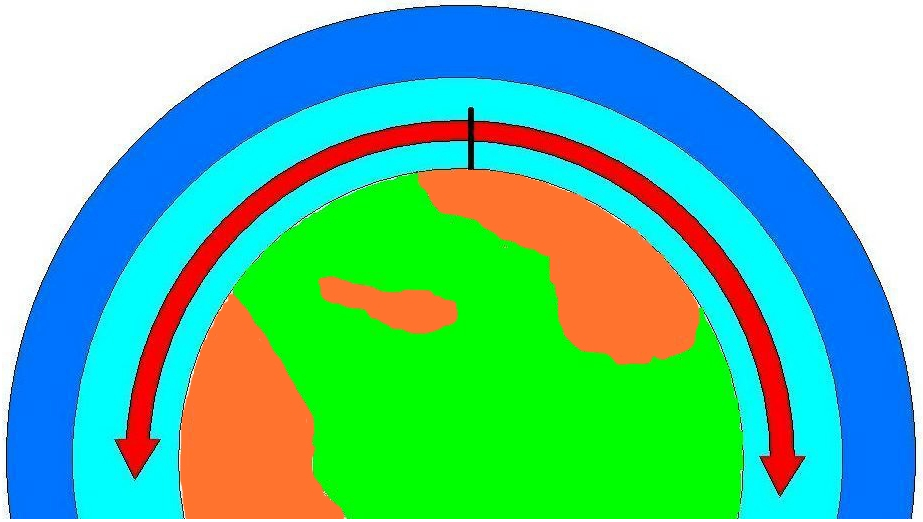
HF News
Last week was characterised by increased Kp index numbers and severe geomagnetic storms, peaking at G4. These drove down maximum usable frequencies and disrupted DX contacts, especially on the higher HF bands.
The solar wind speed increased from 380 km/s to around 500 km/s on the 15th and an increase in plasma density was noted as well. Subsequently, the Kp index peaked at 7.67 on the 16th, causing visible aurora alerts in the UK.
This was caused by a pair of CMEs that left the Sun on Sunday April 13. We had a total of 22 M-class solar flares over four days, so a CME event was inevitable.
Unsettled geomagnetic conditions are a feature on the declining side of a solar cycle, so we could be in for many more unfortunately.
According to Propquest, MUFs over a 3,000km path fell to below 18MHz for long periods on Wednesday the 16th, before climbing to around 21MHz at the end of the day.
Meanwhile, the solar flux index fell from a high of 170 on the 11th to a low of 148 on the 16th.
Next week, NOAA predicts that the SFI will start the week around 145, but could increase to 165 as the week progresses. Unsettled geomagnetic conditions are forecast for April 22, 23 and 24, with a predicted maximum Kp index of four.
As always, keep an eye on solarham.com for daily updates, but more importantly, get on the bands, which are a much more effective guide to HF propagation!
VHF and up
The current period of unsettled weather looks likely to continue into the coming week. This does not mean rain every day, but periods of rain or showers with some intervening drier spells. These drier interludes are not really dominated by high pressure, just gaps between the wetter periods, so it’s unlikely to produce much significant Tropo.
In terms of propagation, there may be some rain scatter, although not very reliable. However, the prospects for meteor scatter are more promising with the peak of the Lyrids due on Tuesday April 22. It is well worth checking up on procedures for meteor scatter working if you’ve not done it before and you may find a new part of the hobby to add to your operating schedule.
The prospects for aurora continue to be raised by what seems like an almost daily supply of aurora alerts, so continue to monitor the Kp index for signs of elevated values above Kp=5 for radio activity. Early signs such as fluttery signals on the LF and HF bands may suggest it’s worth looking on the VHF bands for signs of aurora.
Just to get us into the habit of looking for Sporadic-E as we move towards the new season, it’s a good time to reacquaint yourself with the Propquest website www.propquest.co.uk, which shows several useful components for analysing the Es prospects.
As a starter, I suggest looking at the position of the jet streams shown on the Es blog tab as these can produce favourable conditions geographically to give a hint of the right direction to listen. The opening season typically favours 10m or 6m.
EME path losses are now decreasing towards perigee on Sunday 27, and Friday 18 sees minimum Moon declination so Moon windows will lengthen along with peak elevation. 144MHz sky noise starts the week very high, but decreases to low as the week progresses.
